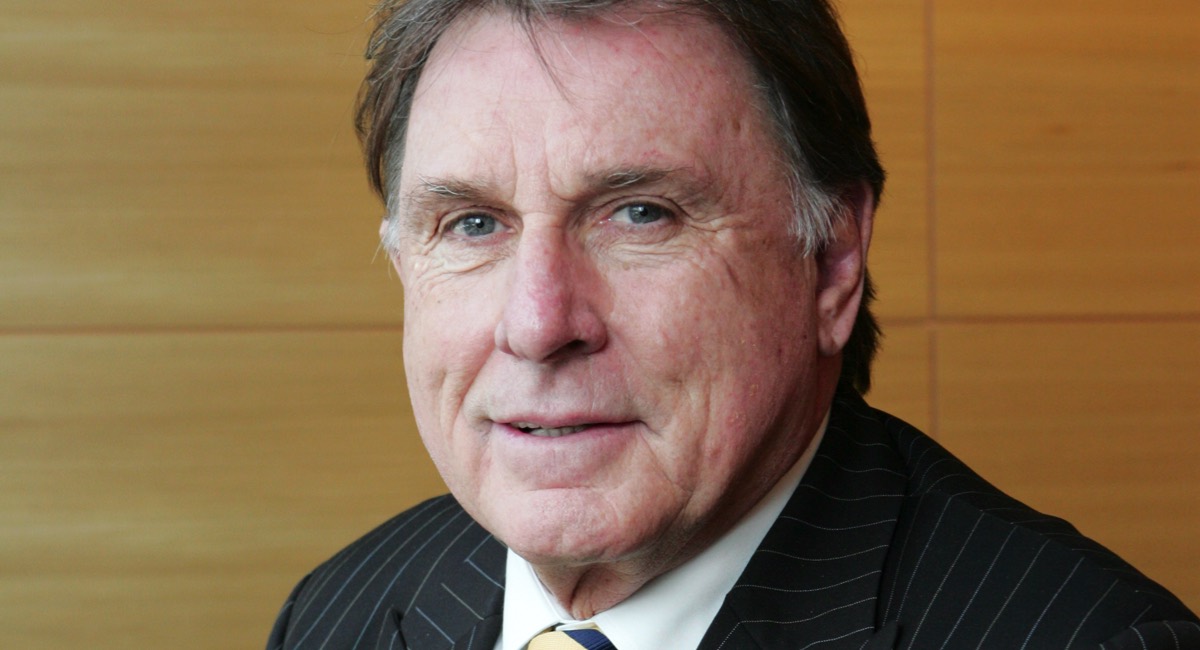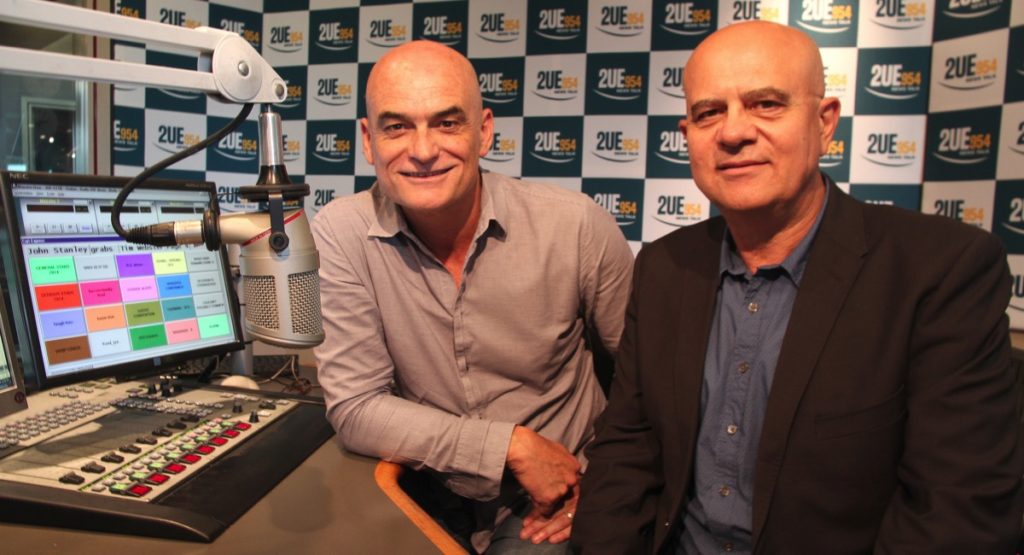After a soft launch in Sydney in the second half of 2016, Macquarie Media has expanded its Talking Lifestyle format to Brisbane and Melbourne this week.
CEO Russell Tate told Mediaweek the launch and rollout of the format had been in the works for over a year. He said, “It was just a question of when.
“Once we did the merger with Macquarie Media and Fairfax, which is nearly two years ago now, we had two news talk stations in Sydney, 2UE and 2GB. It was obvious that there was only room for one of them to operate profitably. From day one, we knew that one of the opportunities we had was to replace the talkback format on 2UE.”
This comes at the expense of Magic 1278 in Melbourne and Magic 882 to Brisbane, which were AM music stations.
“The harsh reality is that format was coming to the end of its time anyway,” Tate said. “It was AM music for a start and that’s a challenge in its own right. Also our music audience was relatively older again. Frankly, that is harder to sell to advertisers. It was a relatively small audience, which in itself is not a problem, but we were stuck in one place with the format that was predominantly dominated by music from the 60s and 70s.
“It was a fairly easy decision.”
While the opportunity to reformat 2UE had been recognised early, the question that Tate and his team then needed to tackle was, which format?
“We looked at a lot of options, everything from a sports station to a 24-hour news station. Then we came up with lifestyle. One of the reasons for that is we wanted a format we can network across all of our stations.
“The advertisers’ reception has been terrific. This is a different model. It’s certainly not been done in Australia. It’s a broadcast model, but it’s also got a very high level of streaming on mobile and podcasts.”
The Talking Lifestyle stations are designed to complement the offering of the Macquarie Media talkback station in each of the three metro markets: 2GB in Sydney, 3AW in Melbourne and 4BC in Brisbane.
“Most of our [Macquarie Media’s] audience is listening to our news talk stations. That’s where the bulk of our audience comes from. We are not aiming for a different audience with this format. We are not trying to go younger, older, fatter, thinner, more male or more female – none of that,” Tate said. “We dominate the over-50 audience. If you talk to anyone aged over 50 listening to commercial radio in Australia, there is a high chance they are listening to one of our stations already. So we saw this as the opportunity to expand and deepen our relationship with that same audience.”
This format is intended to complement the news talk stations, and the news talk stations can promote the lifestyle content.”
Tate says that the new format won’t take away listeners from the main talkback stations due to the same target market of the two formats.
He said: “When they are listening to 2GB, for example, they are listening because they want news, opinion and sports. They want to know what’s going on – we get that. But we also know that the same people are very, very, very interested in things like travel, finance, health and wellbeing, and all of the things the over-50 market is into when it comes to lifestyle, which we can’t spend much time on when it comes to the news format. It’s in that sense that we see them [the news and lifestyle radio formats] as being complementary.”
Tate revealed that the presenters from the talkback station would have involvement in the lifestyle stations as well: “The Alan Joneses, Ray Hadleys and Neil Mitchells of the world will have some involvement with a program or two in terms of what interests them in the lifestyle sense as well.”
Tate is pleased with the advertisers’ interest in the Talking Lifestyle format after its launch in Sydney so he is confident it will have a similar reception in the two new markets. A large part of the enticement for the ad buyers is the bundle options available to them. For example, a buyer could buy ad space on 2GB along with some sponsored content on Talking Lifestyle.
While the radio market is largely focused on appealing to the younger demographic, Tate said the over-50 market has a lot of buying power. “Our audience has a lot of disposable income and money in their palms. They want to spend their money and we know what they want to spend it on.”

